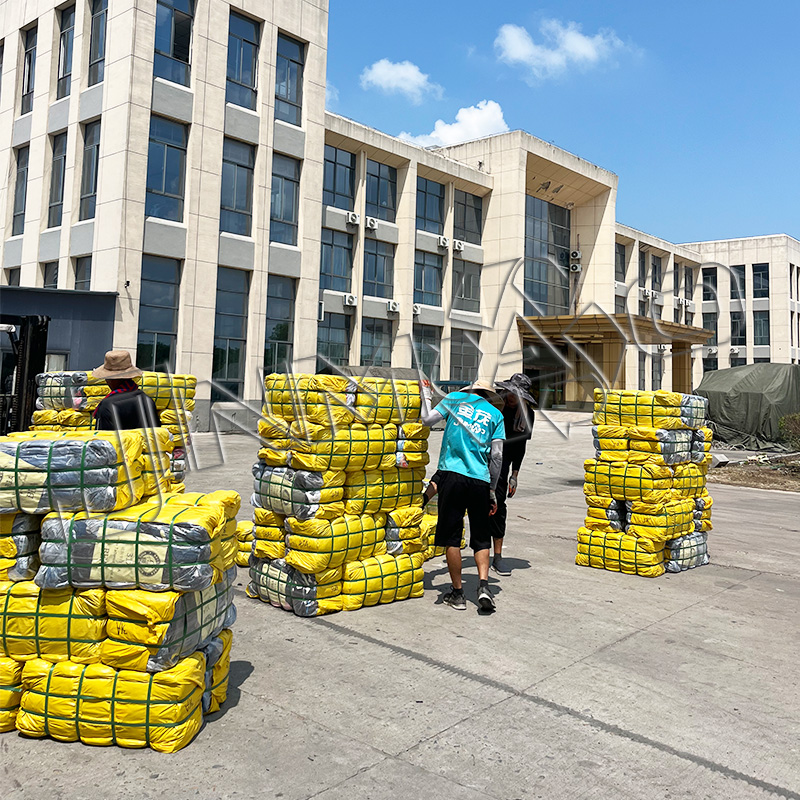
21
Aug
JM second-hand clothing container is a process that involves meticulous evaluation and analysis
Firstly, the seasonality of the clothing is essential. This includes considering the time of the year and the climate in the destination country. For instance, if the destination country experiences a predominantly cold winter, it would be necessary to include a higher proportion of winter clothing such as coats, sweaters, and scarves.
Secondly, demographic and cultural factors need to be considered. Each region has its own preferences and style when it comes to fashion. Understanding the local fashion trends and mainstream clothing preferences can help determine the proportions of different categories of clothing in the container. This includes formal wear, casual wear, sportswear, and traditional attire.
Moreover, the quality of the clothing plays a significant role in determining the composition. It is essential to assess the condition of the clothing and categorize them accordingly. This involves separating high-quality and slightly used items from those that are worn out or damaged. The composition should strive to achieve a balance between affordable options for low-income individuals and higher-quality items for those seeking premium options.
Lastly, market research and customer demands are crucial. Gaining insights into the target market’s purchasing behavior and preferences can help formulate an appropriate ratio. This could involve analyzing historical sales data, conducting surveys, or collaborating with local retailers and fashion experts.
In conclusion, the composition of a second-hand clothing container requires careful consideration of various factors, including seasonality, local fashion trends, clothing quality, and customer preferences. By taking into account these elements, one can create a well-balanced and appealing selection of clothing options.
